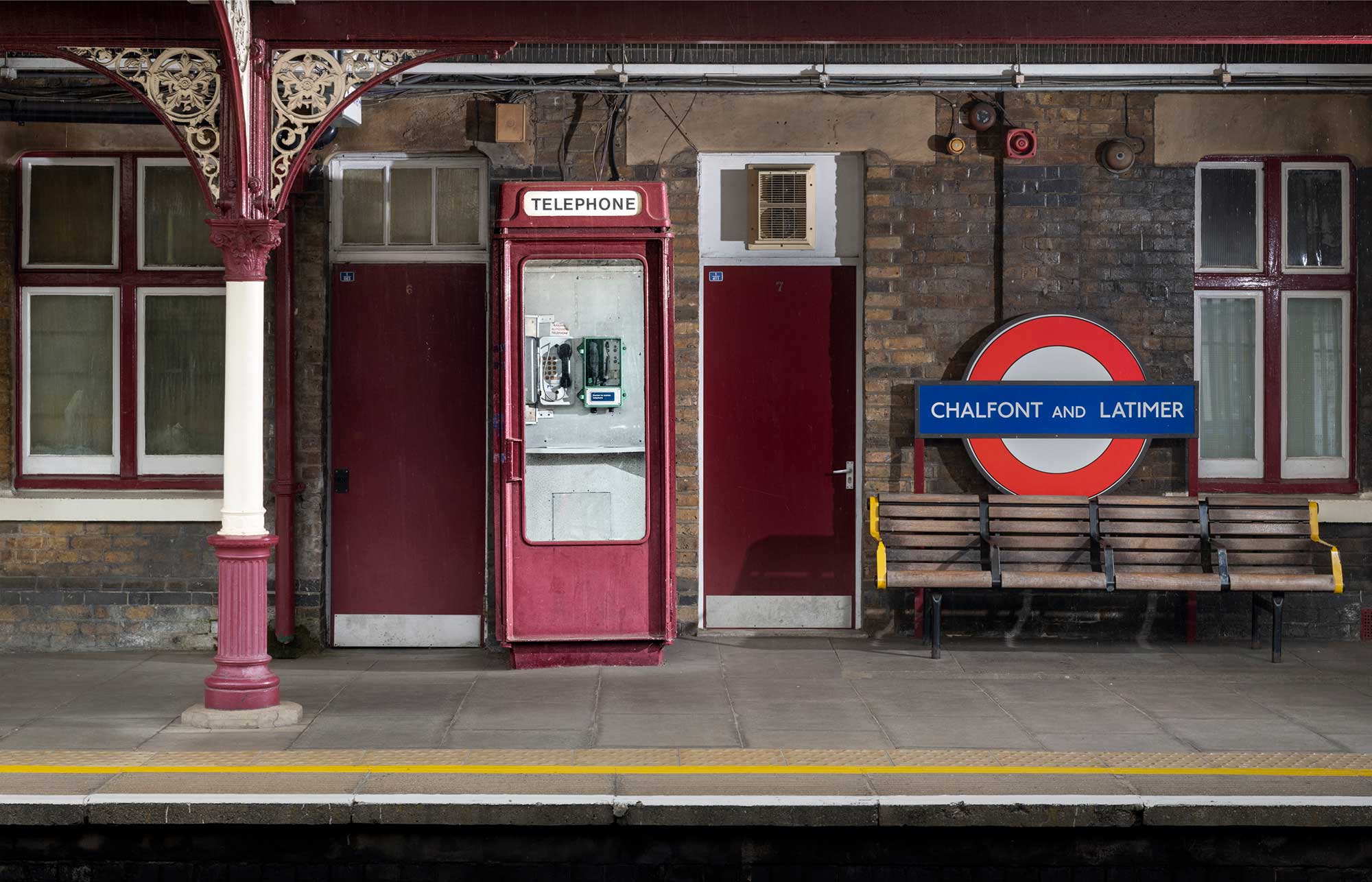Rare Phone Boxes Listed on the London Underground
Four rare K8 phone boxes on the London Underground network have been listed at Grade II for the architectural and historic interest by the Department for Culture, Media and Sport (DCMS) on the advice of Historic England.
The phone boxes are situated on platforms at High Street Kensington, Chalfont and Latimer, Chorleywood, and Northwick Park stations.
The K8 was designed in 1965-66 by architect Bruce Martin who was commissioned by the General Post Office, which owned the public telephone network. In contrast to the intricate glass panelling of Giles Gilbert Scott’s famous K2 and K6 boxes, it is modern and minimalist in appearance, which made it easier to repair and maintain.
The last generation of the classic public telephone box
The K8 kiosk is the last generation of the classic public telephone box. Between 1968 and 1983, 11,000 K8s were installed across the UK. However, there are only around 50 remaining in their original position with most of them removed by British Telecom following its privatisation in 1984. They were replaced by the sleek silver KX100 kiosk, which in turn were made virtually obsolete by mobile phones.
Most of the remaining K8s are in Hull as they were part of an independent network rather than the property of British Telecom. Similarly, the tube station phone boxes have survived as they were owned by London Underground and housed an internal telephone system for station staff.
As a way of denoting this private use, each of the boxes are painted in different colours to the traditional red. The K8s at High Street Kensington and Chorleywood are blue, the one at Chalfont and Latimer is maroon, and the kiosk at Northwick Park is painted white.
The newly listed boxes join the nine K8 phone boxes in Hull that were listed earlier this year. There are currently 24 K8s on the National Heritage List for England.
There are very few designs that can be genuinely termed as ‘iconic’ but the K8 is certainly one of them. Like its predecessors, this kiosk was a defining feature of 20th century Britain’s physical, technological and cultural landscape. Very few K8s survive, so they certainly need to be cherished and protected.
This distinctive telephone box design, once a ubiquitous part of daily life in the UK, is now rare to see in our public spaces. I am delighted these remaining examples have been listed so that their design can continue to be admired and enjoyed for years to come.
The Twentieth Century Society has been campaigning to save Britain’s iconic telephone boxes for nearly 40 years, so we’re delighted to see four more K8 kiosks recognised with national listing. The 1960s modernist K8 is the last in the line of the classic telephone boxes and is the perfect example of how good design – no matter how small – can help to enrich our high streets and communities.
The search continues ...
The recent protection of 11 K8s are a result of listing applications submitted by dedicated phone box enthusiasts. Attracted by the boxes crisp design and nostalgia for the pre-digital age, the search for hidden K8s continues.
Fans share information on forums and make special trips to confirm possible sightings. Historic England will consider listing applications of any unrecorded K8s where suitable evidence is provided to support the case for listing.
Watch Secrets of the London Underground presenter Tim Dunn hunt for the newly listed K8 telephone kiosks.
The Missing Pieces Project: Uncover hidden histories and highlight overlooked stories
We’d love you to add your story about listed phone boxes to the Missing Pieces Project. It could be a new photo, your memories of using the phone box or something you know about its history. You can add photos, drawings, audio, film, or text.
Everything you add is an important piece of the picture. And the more pieces of the picture we have, the better we can celebrate and protect what makes these structures special.





